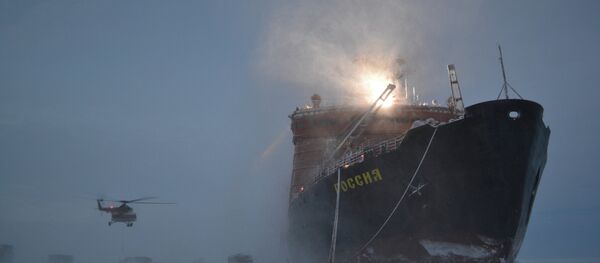The emergence of radioactive isotope ruthenium-106 in a number of countries’ atmosphere posed no danger to the population, an independent international scientific commission has found.
According to the multinational survey findings, made public on Thursday, the estimates carried out in Russia and a range of European states, showed that the overall radioactivity of Ru-106, detected in the air in late September to early October 2017 amounted to roughly 100 terabecquerels. "The obtained data has led us to believe that this could bear no consequences for human health," the survey findings read.
It is noted that the model estimates conducted in different countries, correspond to one another, although "due to considerable uncertainties" it is currently not possible to conclude where exactly the ruthenium source is located. In the meantime, the supposition about the so-called "medical" origins of the given element as a medical therapeutic source can be totally ruled out, the commission concluded.
READ MORE: Kazakhstan, Russia Refute Claims They're Source of Nuclear Cloud in Europe
The commission comprising nuclear security scientists from a variety of countries — France, Finland, Sweden, Germany, the UK among others – was initiated in December 2017 by Viktor Ivanov, Associate Fellow of the Russian Academy of Sciences and Chair of Russian scientific nuclear security commission.
Earlier, the French nuclear watchdog IRSN announced that several European monitoring networks had detected radioactive isotope ruthenium 106 in the atmosphere in France and several other European countries.
According to IRSN, "the most plausible zone of release" of this radioactive material "lies between the Volga and the Urals." The agency noted, however, that it was impossible to determine the exact point of release given the available data.
Ruthenium-106 (its half-decay period is 373,6 days) doesn’t not exist naturally, but it is processed to be further used for medical purposes as well as to arrive at radioisotope energy sources, namely autonomous energy sources for naval navigation lighthouses or, alternatively, minor Earth satellites.




